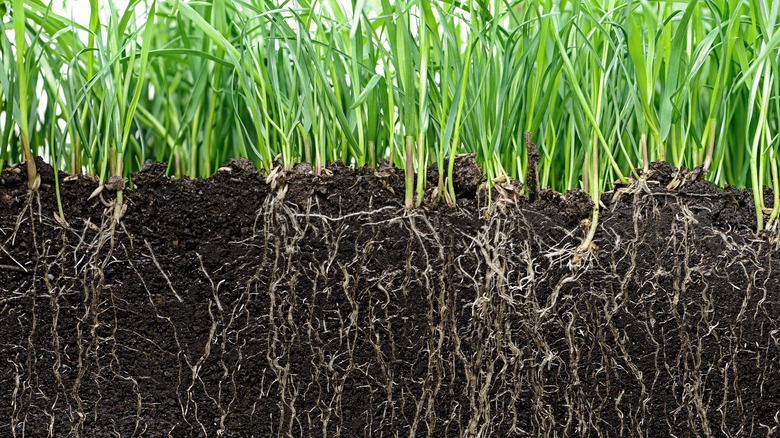Growing and maintaining a luscious green lawn is greatly rewarding, but it can be daunting for those living in areas constantly smothered by extreme heat. With so much sunlight soaking up moisture and the hectic schedules of everyday life, it can feel impossible to keep up with all the watering that some lawns can require. Fortunately, this won’t be a problem if you choose the right grass for your lawn.
There are over 12,000 grass species all over the world and dozens throughout the United States. Through adaptation and characteristics like growth patterns and thickness, many of these species are cultivated to thrive in extreme heat. The five most popular grass types that are both aesthetically pleasing and capable of flourishing in intense heat are bahia, zoysia, Bermuda, St. Augustine, and centipede grass. These grasses can create beautiful lawns that are capable of staying green throughout droughts and scorching temperatures, conditions which would be detrimental to other less heat-tolerant grass species.
Heat and drought toleration

At first glance, it’s easy to think that all grasses are the same. However, there are critical characteristics allow each type of these grasses to survive in different environments. All five of these grasses grow in thickly when healthy, which is a key component to keeping the soil shaded, and thus, retaining moisture.
Along with lawn thickness, these grasses also have other components to ensure heat and drought resistance, and one of the most important physical characteristics is what you can’t see: root systems. Bahia, zoysia, Bermuda, and St. Augustine grass all have naturally deep root systems that give them access to moisture deep within the ground, allowing them to tolerate long droughts.
But unlike the other four warm-season grasses, centipede grass, while still highly capable of withstanding heat, is less tolerant of droughts. This is because the species’ root system is much more shallow than the others, forcing it to rely on surface-level moisture.
The grass that suits your climate
While all five of these grass types do well in intense warmth, they also have more individualized characteristics to suit different kinds of climates, as a lawn in Texas requires different grass than one in California, despite both of them receiving extreme heat.
Bermuda grass is arguably the most drought-tolerant warm-season grass, especially in sandy soil conditions. Because it is more sensitive to cold conditions than other warm-season grasses, Bermuda grass does best in especially hot climates. Bahia and St. Augustine grasses are ideal choices for areas with sandy soil, and they are capable of withstanding both droughts and humidity, making them ideal options for the lawns of the deep South. On the other hand, zoysia grass is more tolerant of cold temperatures, thus making it suitable in both the mid-Atlantic and southern regions of the United States.
For a more low-maintenance lawn, centipede and zoysia are slow-growing grasses and will require less mowing than Bermuda grass, which grows quickly. Looking for a grass that stays green over winter with little work or water needed? Try St. Augustine grass.